South Australia’s market gardens, which have been closely allied with the development of the plant nursery industry, viticulture and orcharding, provide a significant portion of the state’s fruit and vegetables, as well as part of the character for landscapes close to Adelaide and along the River Murray and in the Adelaide Hills, Fleurieu Peninsula and Barossa Valley.
George Stevenson, first editor of the South Australian Gazette & Colonial Register, advocated the need for and advised on ways to cultivate fruits, vegetables, flowers, trees and potential new crops for the colony. In the 1850s and 1860s several farms along the River Torrens supplied vegetables and fruits to the burgeoning colony, often from irrigated fields, and market places were established in Gilles Arcade and in the west end of the city.
In and around the city
Flat land with good soils and a reliable water source enabled commercial market gardens to flourish close to the city on the Salisbury–Bolivar plains to the north, near Marden–Campbelltown along the River Torrens to the east, and along the Marion River in the south. Extensive fields of fruit trees, and in later years vines and plant nurseries, also thrived, until most were subsumed in Adelaide’s suburban expansion in the decades after the Second World War. Smaller ventures were established in the Adelaide Hills through the Stirling–Heathfield–Aldgate and Piccadilly Valley–Uraidla–Summertown areas. In their early years most large rural settlements also developed small market gardening concerns, with several continuing today. Migrations of many German and some Chinese settlers in the colony’s early decades diversified gardening practices, while the introduction of reticulated water into Adelaide in the 1880s increased cultivation possibilities.
Assistance
The activities of many Adelaide Plains and Adelaide Hills plant nurseries, the Agricultural Bureau, the Forest Board (Woods and Forests Department) and the Adelaide Botanic Garden supported market gardening. Nurseries often supplied virus-free stock, seeds and cultivars while official bodies assisted in the transfer and exchange of local and international technical, scientific and economic information. Gardening magazines, scientific papers and numerous horticultural articles in the press provided considerable technical and lay information on cultivation and propagation of an array of vegetables and fruits.
Water
Irrigation advances allowed considerable expansion of market gardens. Governor William Jervois’s experiment on 1300ha of land near Murray Bridge (1881) validated Surveyor-General George Goyder’s view that the River Murray flats could support irrigation. In the 1880s the Chaffey brothers initiated irrigation settlements at Renmark in the Riverland. Irrigated market gardens were also established on Adelaide’s outskirts, most today being concentrated on the Salisbury–Bolivar plains. That area has sponsored the use of treated sewage effluent as well as aquifer recharge irrigation techniques.
Tradition and innovation
South Australia has a tradition of sustenance-style domestic cottage gardens that are often a mixture of flower and food plants. The absence of fruit fly and phylloxera has also assisted the horticultural industry.
Market gardening practices and crops in South Australia mirror similar activities throughout Australia. Most utilise tracts of flat and arable soils in close proximity to their market and with reliable water. The distinction in South Australia is the more watchful and creative use and re-application of water in irrigation, and the parallel cultivation of horticultural produce, including fruits and nuts, that often results in horticulturally diversified farms rather than simple market gardens.


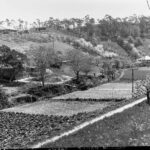

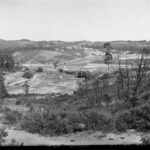
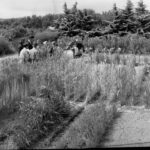
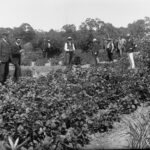
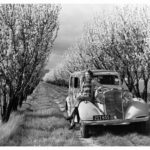
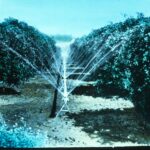
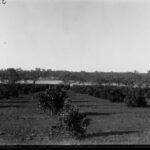

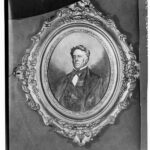

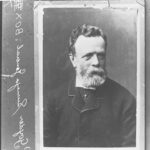
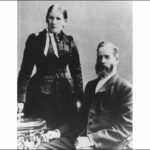
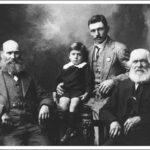

Comments
2 responses to “Market Gardens and Orchards”
Try to find out what they grew in marden sth aust back in the 1940
Hi Janice,
The suburb comes under the Norwood, Payneham, & St Peters Council, so I would suggest getting in touch with their cultural centre to see what research has been done locally – https://explore.history.sa.gov.au/organisation/norwood-payneham-st-peter…
You might also try searching Trove for advertisements or articles from that time in the local papers – https://trove.nla.gov.au/newspaper/
This article is useful and interesting if you want a broader historical context and background on the type of gardens around Adelaide in that time period (this link will download a pdf) – https://www.environment.sa.gov.au/files/sharedassets/public/heritage/her…
Best of luck with your research!